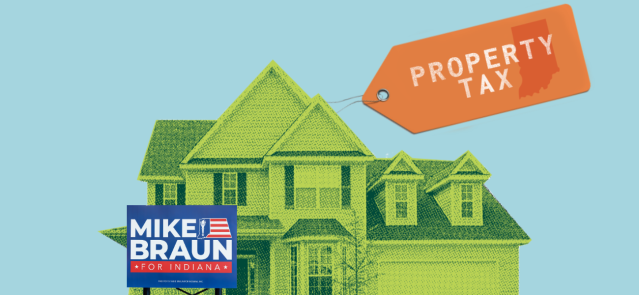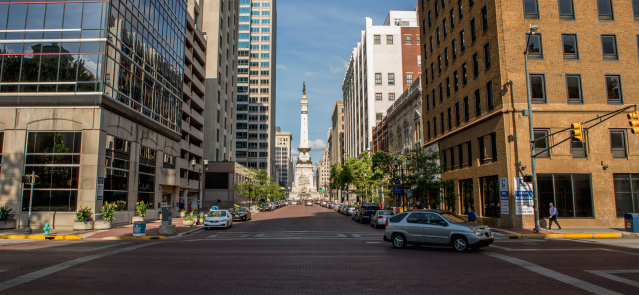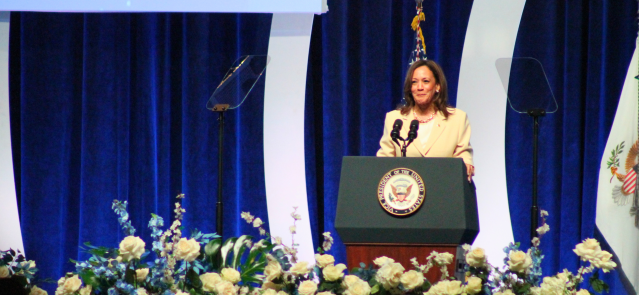Stay ahead of the curve as a political insider with deep policy analysis, daily briefings and policy-shaping tools.
Request a DemoPlans to turn junkyards and landfills into massive park take shape in southern Indiana
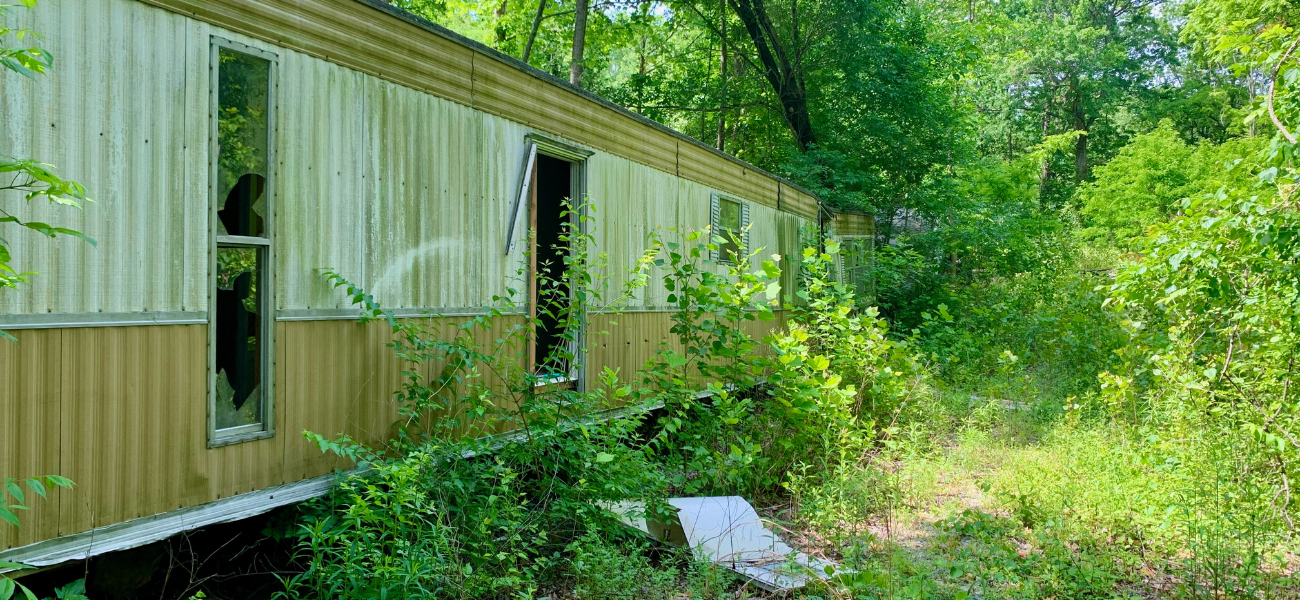
A mobile home is one of the few remnants of a junkyard inside Origin Park in southern Indiana on May 22, 2023. This part of the property will one day become the Outdoor Adventure Center. (Credit: Ryan Martin)
CLARKSVILLE — What once was undisturbed wildlife along the shore of Silver Creek now contains a trail of weedy gravel leading to a discarded mobile home. It’s the only thing left from a junkyard stationed among this patch of forested landscape.
“We call it the graveyard,” Vern Eswine, communications director of River Heritage Conservancy, said on a recent May afternoon. “The first thing you saw as you pulled into New Albany was all these trucks and buses and junk sitting here.”
Much has already been cleared, the latest steps in a process that began in 2016 to transform an unsightly mix of junkyards, landfills and other industrial properties into a massive park along the Ohio River in southern Indiana. Think hiking trails, kayaking and treehouses, but also the restoration of land and preservation of wetlands and waterways.
It’s called Origin Park, and Eswine is among an army of people who have been working — often behind the scenes, but increasingly out in the open — to ensure that the transformation takes shape. Hopefully sooner than later.
River Heritage Conservancy, the nonprofit group driving the change, is close to either acquiring or reaching agreements for about 430 acres. And it just received maybe its most important endorsement to date: The two-year budget passed by the Indiana General Assembly last month contained $37.5 million to accelerate Origin Park’s timeline.
The funding is key to a business plan at the center of Origin Park’s ambitions. It will pay for about half of the costs associated with building a 35-acre Outdoor Adventure Center that will house ziplines, climbing walls and manmade water recreation. The goal is to charge fees for access to that part of the park in order to pay for the conservation of the rest — not only protecting the wildlife but also ensuring free access to hundreds of acres of Indiana nature. And it’s just across the bridge from a city full of potential visitors in Louisville.
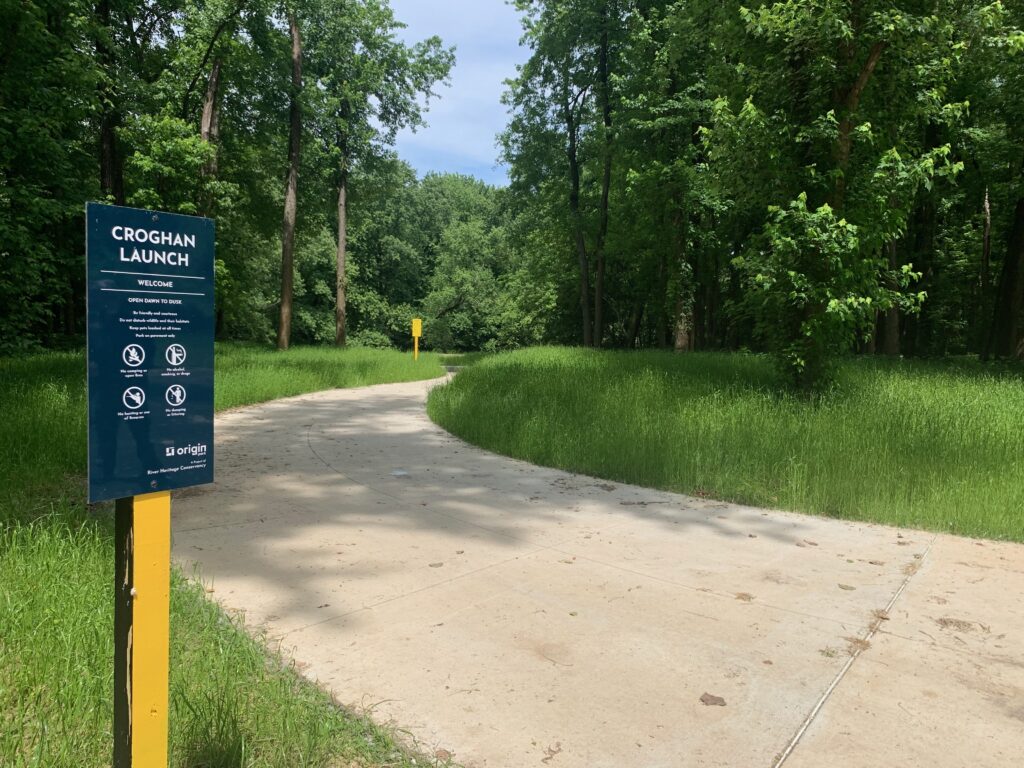
Plans for the Outdoor Adventure Center
Planners originally slated the Outdoor Adventure Center as maybe the third phase of the project. Work can soon begin, though, because of the cash infusion from the state.
“We basically push a lot of our deadlines way forward because of that,” Eswine said. “And now that’s totally jump-started our ability to actually start planning and permitting, just to actually start building this thing while we’re finishing phase one.”
The state’s spending on Origin Park is just one part of a larger investment into conservation and nature projects that have been celebrated by Gov. Eric Holcomb and legislative leaders in recent weeks: $30 million for new trails; $10 million to the President Benjamin Harrison Conservation Trust Fund; $5 million for ongoing storm damage cleanup at McCormick’s Creek State Park; and $1.9 million toward acquiring the land for the closed Minnehaha Fish and Wildlife Area. The list goes on.
Perhaps the most ambitious plan of them all, though, is Origin Park.
“We’re not going to own it, but in terms of setting aside property for the public, we’ll be making significant gains,” Holcomb told reporters following the passage of the state budget in late April. “I’m very pleased with the trails and park potential to keep our momentum going.”
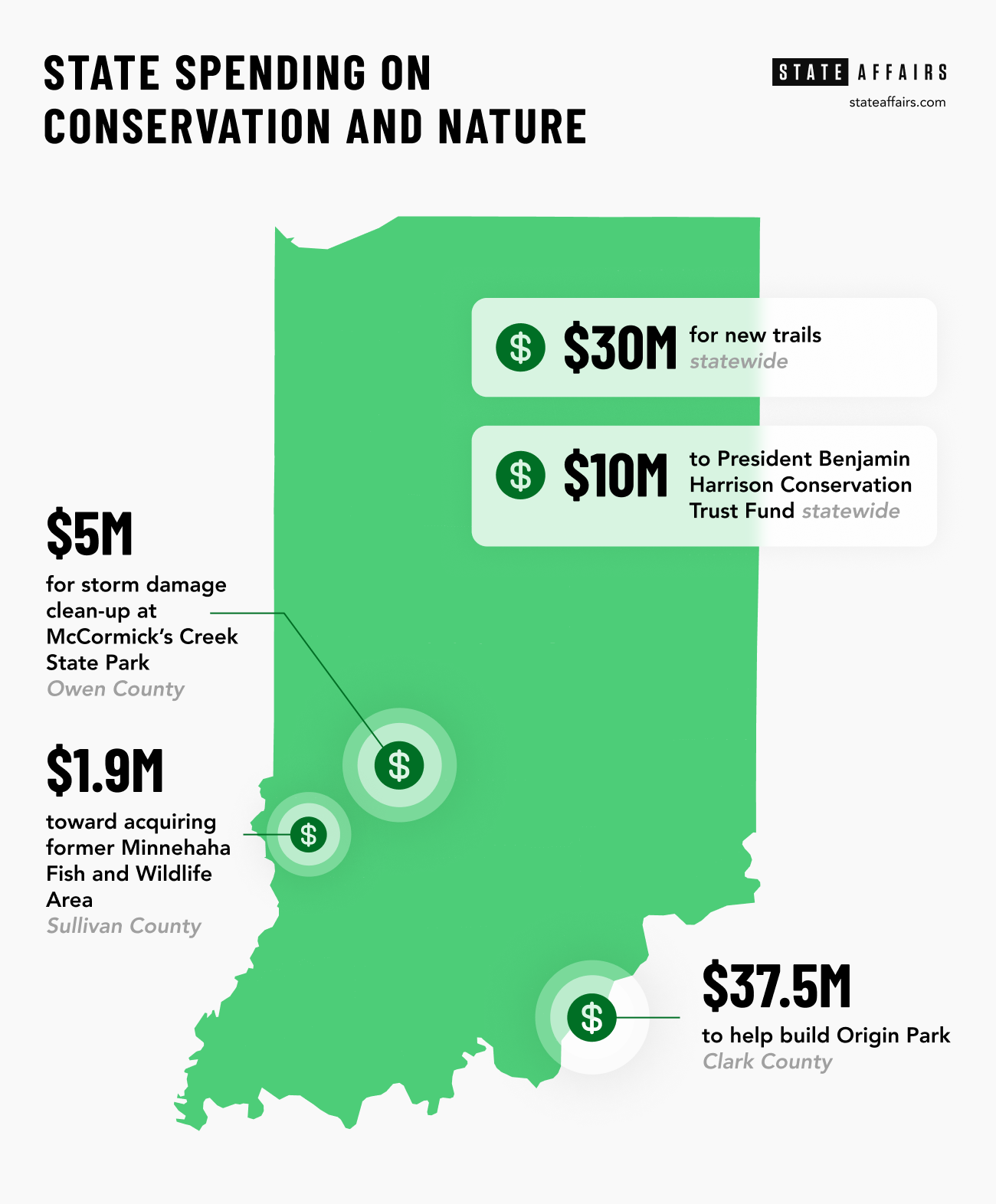
Where Eswine stood next to the mobile home, at the northern end of the park, will one day become the Outdoor Adventure Center.
The plan for the Outdoor Adventure Center is modeled after Whitewater in Charlotte, North Carolina. A group from Origin Park visited there for inspiration, learning that it pulls in $2.5 million to $3 million in revenue each year, Eswine said.
The company that built Whitewater is going to build Origin Park’s version, Eswine said. Projections show it will draw up to $3 million in revenue each year.
In materials shared with Indiana lawmakers, planners said the park will also drive at least $8 million in new spending to nearby towns.
The goal is to open the Outdoor Adventure Center by 2028.
But that’s just a small slice of the overall plan. Other parts of the park are already open, with a lot more on the way.
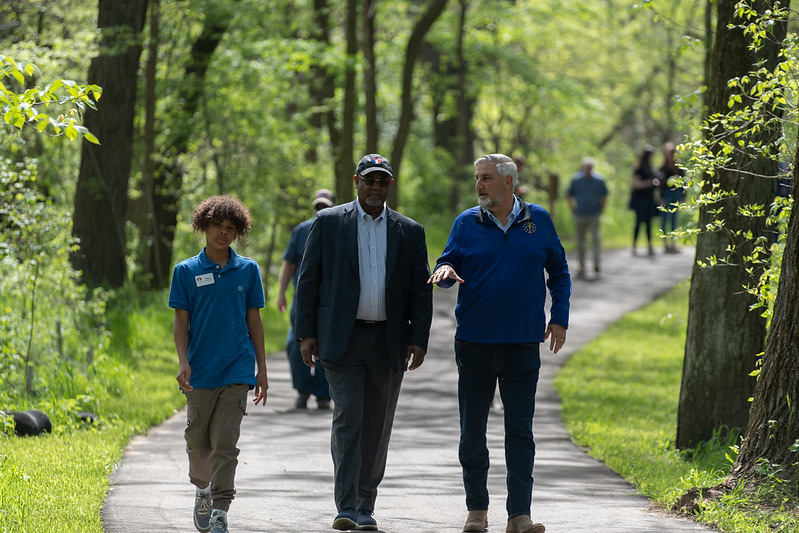
Contrasts of abandonment and restoration
Just downstream from the mobile home is a new entry point into the water called Croghan Launch, which opened to the public in March.
A paved ramp gives way to a place to drag canoes and kayaks into Silver Creek. The creek is deep and wide enough for anglers, too. On a recent May afternoon, a man who had launched his motorized boat at a different point still waited near Croghan, fishing rod in hand. The creek serves as a tributary into the Ohio River.
On the other side of the boat launch, however, a landfill looms. Someone might think it’s just a hill, but it’s still there, towering beyond stretches of trees and grasses.
What will happen with some of the spaces remains to be seen. At one landfill, for example, park planners watched for years as a once-level horizon grew in height, driven by trucks that were dumping in heaps every day. That finally stopped about four months ago when the conservancy group acquired the land.
“You can’t really do anything with this. You can be on it, but you can’t dig into it,” Eswine said about the landfill. “There’s plans for it, but we’re not really dealing with that part right now.”
At one of the now-closed junkyards, the debris is mostly cleared but what remains is a barbed-wire fence running along a concrete pad where a semi-truck trailer has been sitting for what seems like decades by the look of it. But almost as if to prove Origin Park’s mission about the importance of reclaiming this space for wildlife, a wild turkey trotted just beyond the trailer on its way to a patch of trees.
Moments like that are common right now. The park is a study in contrasts between abandonment and restoration. It’s not just wild turkey surviving among the vestiges of a junkyard; within some draining wetlands live beaver that recently dammed Mill Creek, and soaring above a landfill is a red-shouldered hawk.
The lands are home to flying squirrels too, Eswine said, and more than 150 types of birds. A late May hike revealed the unmistakable calls of eastern wood-pewee and Carolina wren, in addition to much of the backyard fare typically found in Midwestern cities, such as American robins, blue jays and northern cardinals.
A 2019 ecological report also identified 20 species of mammals, including four types of bats, and several amphibians, reptiles and insects that have found homes amid the emerging wilderness.
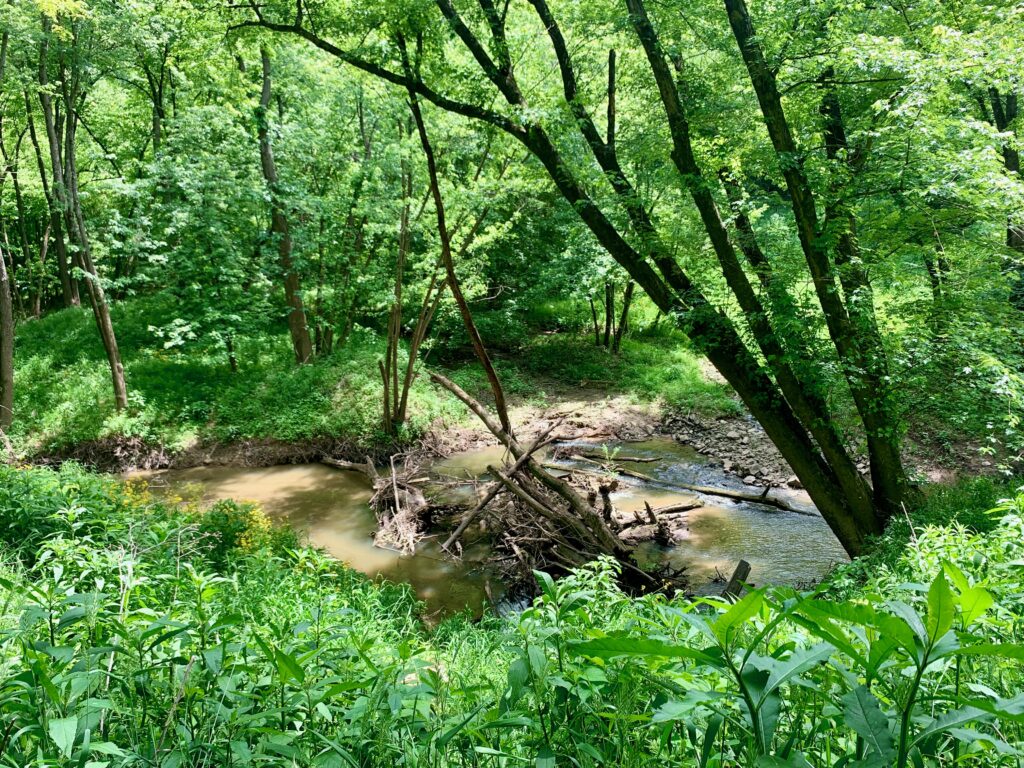
Elevated walkways and protecting wetlands
What’s unique about much of this land is that it’s within the flood plain. Rather than fight the occasional floods, Origin Park’s planners are incorporating it into the design. Elevated walkways will allow visitors to have access year-round.
“It will literally be in the trees,” Eswine said. “When we started developing this park, we embraced the fact that it’s going to flood more often than not.”
Another goal is to add protections for the wetlands contained within Buttonbush Woods.
And on the southern end of the property, which stretches along the banks of the Ohio River, much of the land is eroding into the waters below. It’s so bad that a riverside road has been closed to motorists because large pieces of concrete have snapped like a Hershey bar. Planners are hoping to bring in a partner organization to slow the erosion.
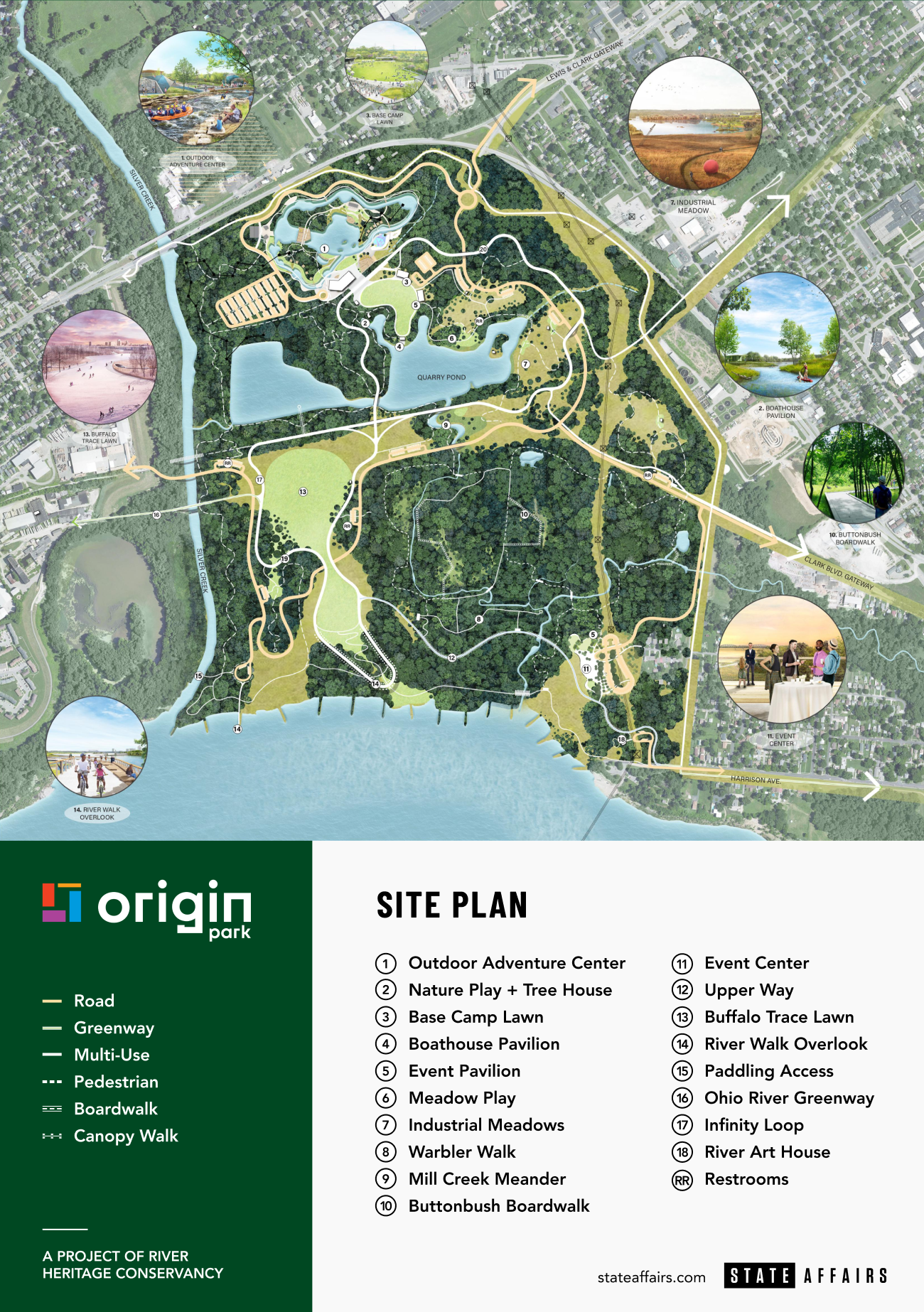
Meanwhile, Origin Park is being supported by the Environmental Protection Agency. An $800,000 grant, announced last week, will help pay for cleanup of polluted and industrial sites inside the park.
Eswine, who runs New Albany-based The Marketing Company and has lived in southern Indiana for almost all of his adult years, said he is witnessing a revival among Indiana’s river communities, where downtowns are booming and festivals are filling with visitors.
And he sees Origin Park, which is aptly named to acknowledge that it’s linked to a new beginning, as inherently connected to the region’s revival.
“There is a lot of history along these banks, other than just the formation of Clarksville, New Albany and Jeffersonville,” Eswine said. “Wildlife and civilizations have called this home and we’re trying to honestly get back and protect as much as we can.”
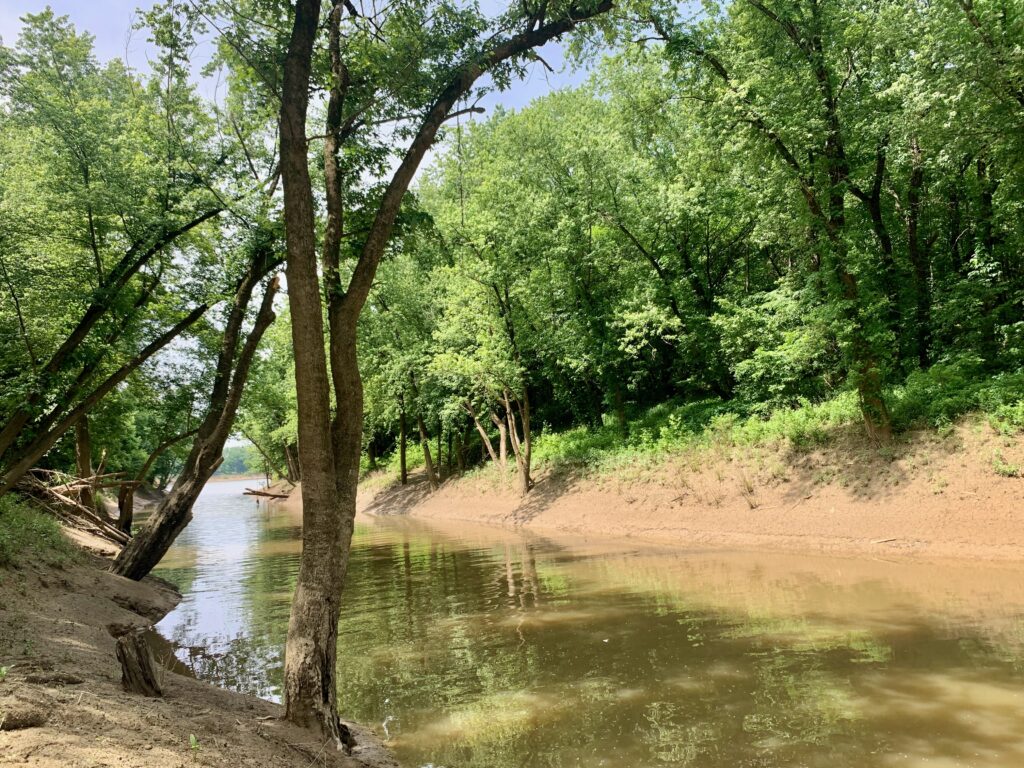
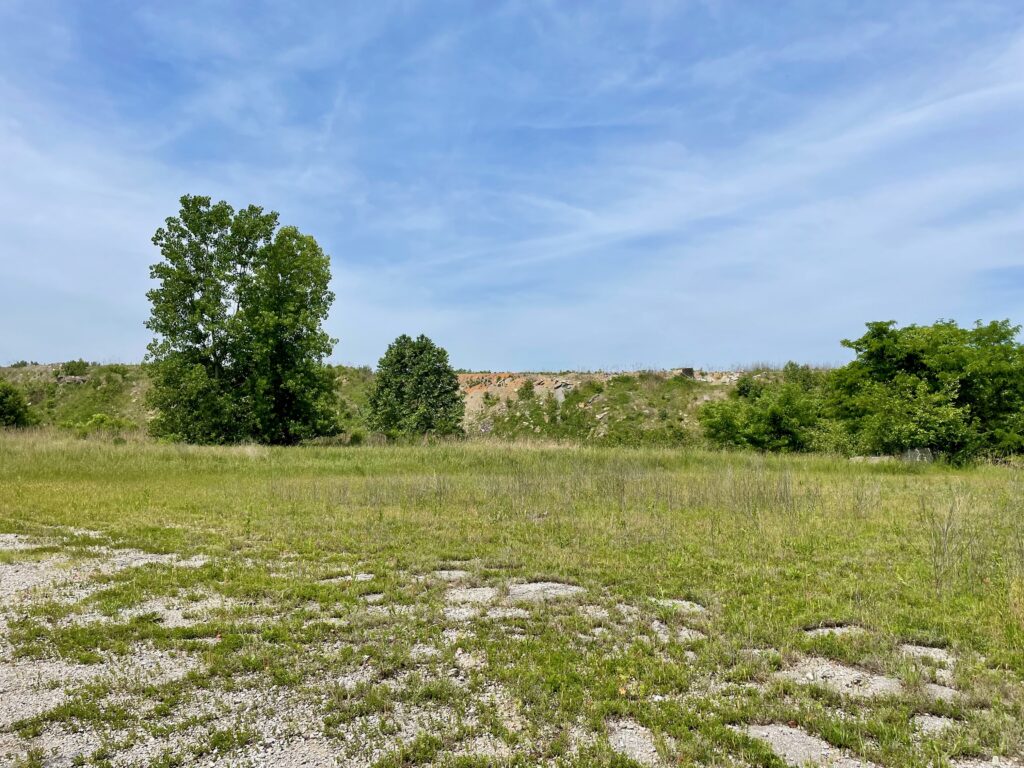
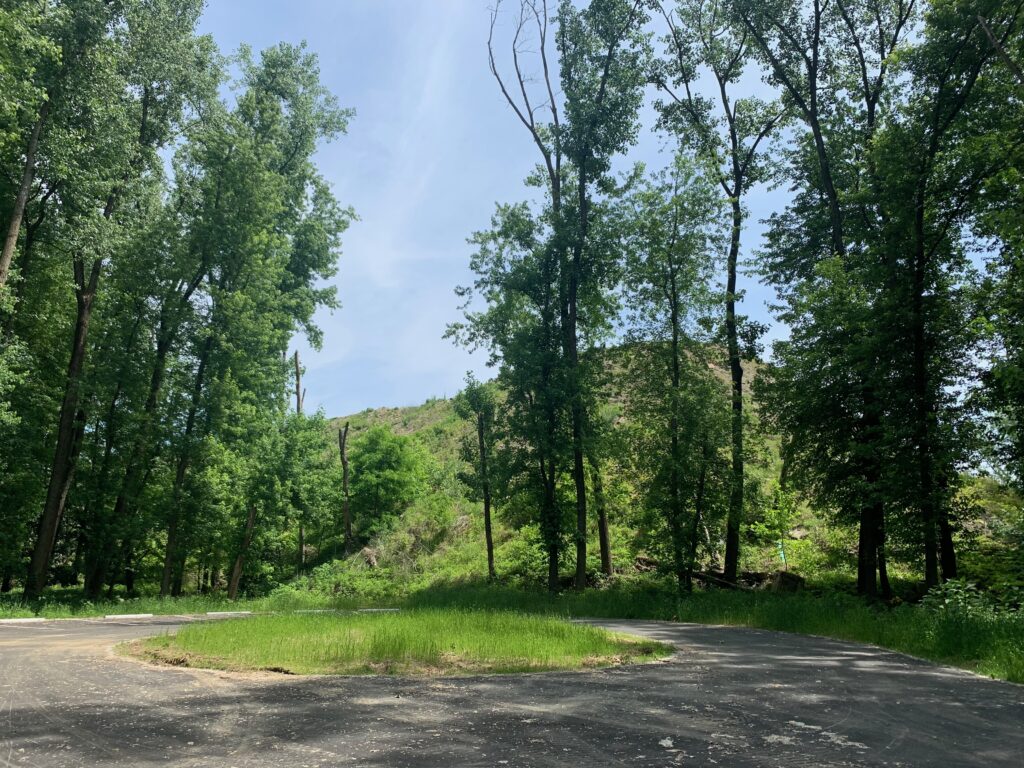
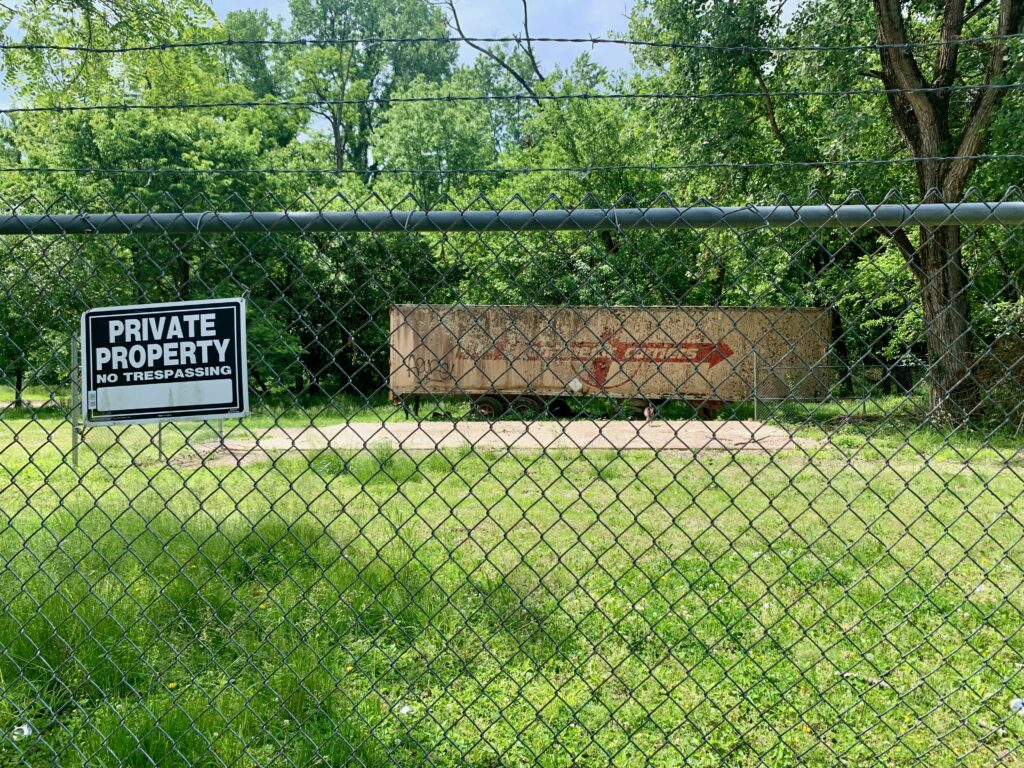
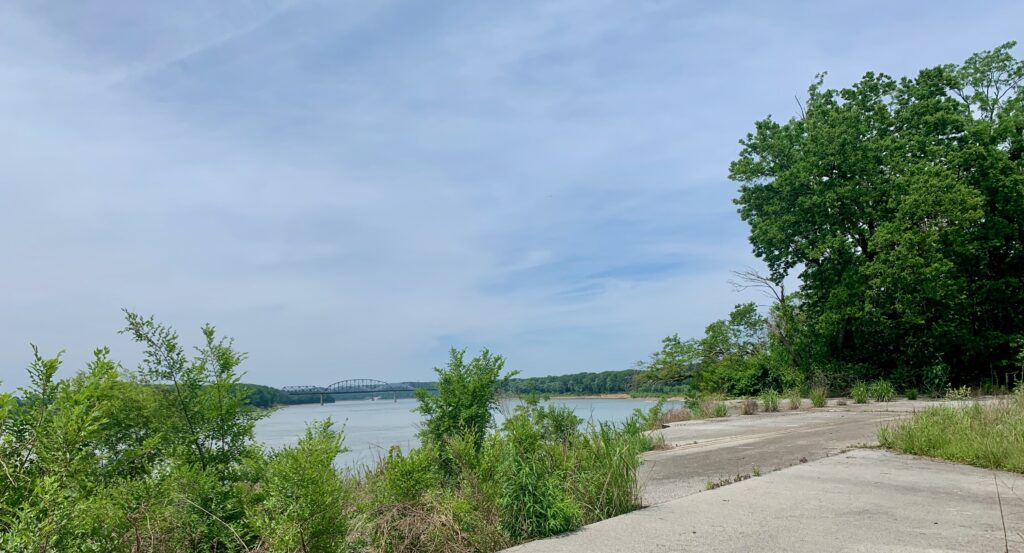
Contact Ryan Martin on Twitter, Facebook, Instagram, LinkedIn, or at [email protected].
Twitter @stateaffairsin
Facebook @stateaffairsin
Instagram @stateaffairsin
LinkedIn @stateaffairs
4 things to know about Braun’s property tax proposal
Sen. Mike Braun, the Republican candidate for Indiana’s governor, released a plan for overhauling property taxes Friday morning that would impact millions of Hoosiers, Indiana schools and local governments. “Nothing is more important than ensuring Hoosiers can afford to live in their homes without being overburdened by rising property taxes driven by rapid inflation in …
Bureau of Motor Vehicles looks to add new rules to Indiana’s driving test
The Bureau of Motor Vehicles wants to amend Indiana’s driving skills test, putting “existing practice” into administrative rule. Indiana already fails drivers who speed, disobey traffic signals and don’t wear a seatbelt, among other violations. Yet the BMV is looking to make the state’s driving skills test more stringent. A proposed rule amendment looks to …
In Indianapolis, Harris says she’s fighting for America’s future
Vice President Kamala Harris, the presumptive Democratic presidential nominee, told a gathering of women of color in Indianapolis on Wednesday that she is fighting for America’s future. She contrasted her vision with another — one she said is “focused on the past.” “Across our nation, we are witnessing a full-on assault on hard-fought, hard-won freedoms …
Indiana Black Legislative Caucus endorses Harris, pledges future support
The Indiana Black Legislative Caucus unanimously voted Wednesday to endorse Vice President Kamala Harris’ presidential run and will look at ways to assist her candidacy, the caucus chair, state Rep. Earl Harris Jr., D-East Chicago, told State Affairs. The caucus is made up of 14 members of the Indiana General Assembly, all of whom are …

